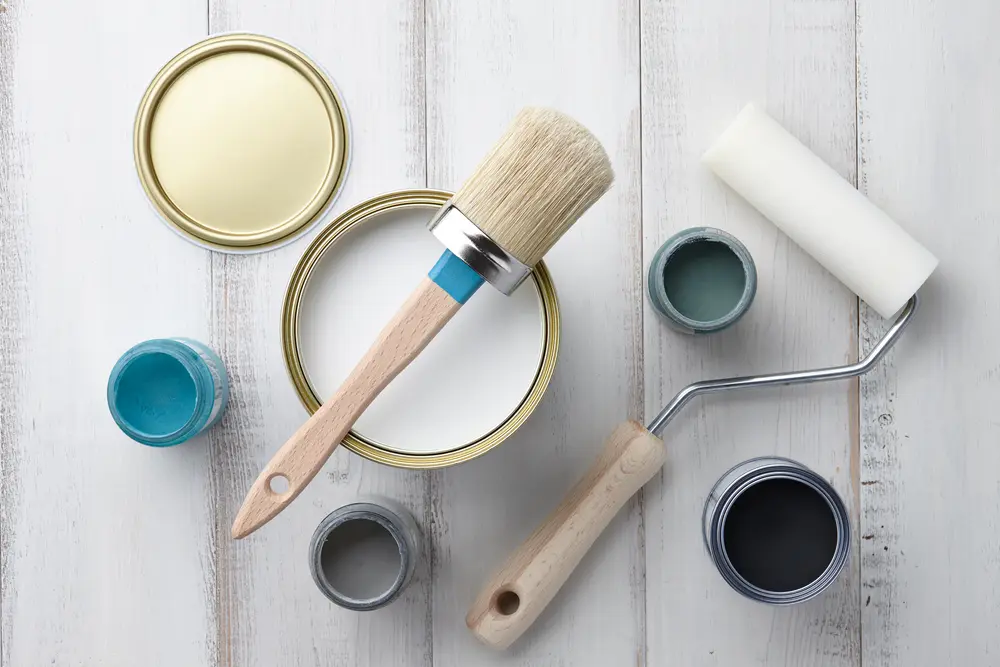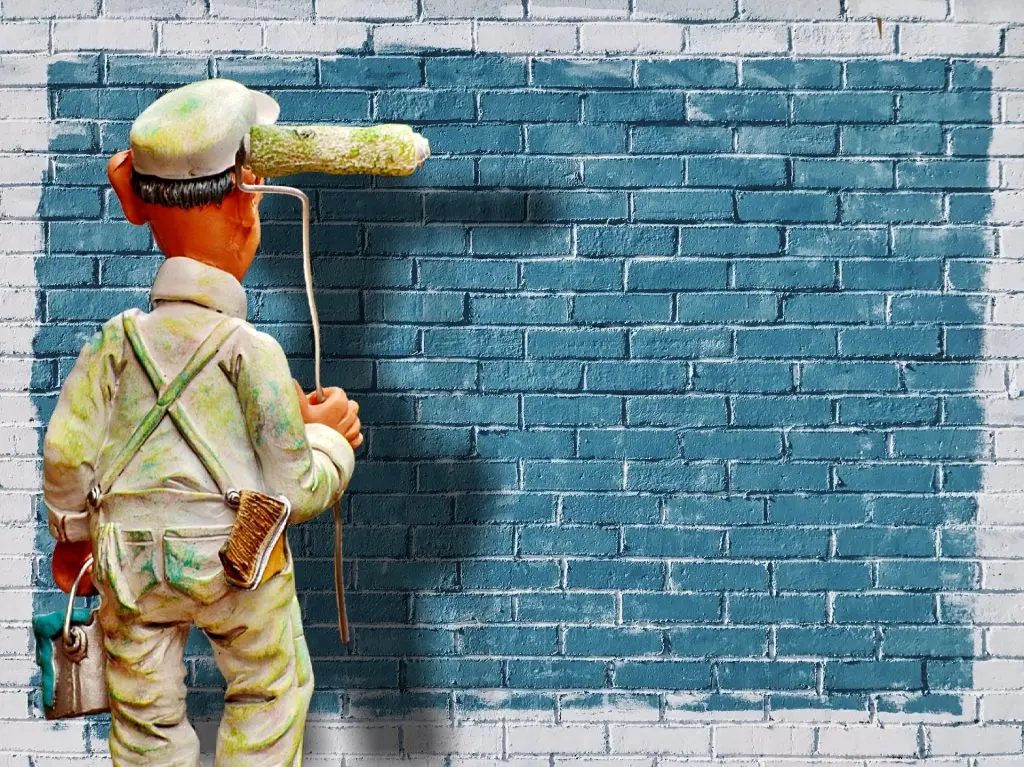Interior painting is one of the most rewarding DIY projects you can undertake. With a little knowledge and preparation, you can transform a room in just a weekend. This guide will walk you through the entire process, from selecting the right paint to applying the final coat.
1. Gather Your Supplies
Before you begin, make sure you have all the necessary supplies. Here's what you'll need:
- Paint (calculate approximately 1 gallon per 400 square feet)
- Primer (if needed for bare walls or dramatic color changes)
- Paint rollers and roller covers (3/8" nap for smooth surfaces, 1/2" for textured)
- Paint trays and liners
- Angled paintbrush (2-2.5" for cutting in)
- Painter's tape
- Drop cloths or plastic sheeting
- Sandpaper (150-220 grit)
- Spackle and putty knife for repairs
- Extension pole for rollers
- Step ladder
2. Prepare the Room
Proper preparation is the key to a professional-looking paint job:
- Remove furniture or move it to the center of the room and cover with drop cloths
- Remove switch plates, outlet covers, and hardware
- Apply painter's tape to trim, windows, and doorframes
- Lay drop cloths or plastic sheeting to protect floors
- Clean walls with a mild detergent solution and allow to dry completely
- Fill holes and cracks with spackle, allow to dry, and sand smooth
- Sand glossy surfaces lightly to improve paint adhesion
- Wipe away all dust with a damp cloth
3. Prime (If Necessary)
Priming is essential when painting over bare drywall, patched areas, stains, or when making dramatic color changes. Apply primer with a roller using the same technique you'll use for paint, allowing it to dry completely according to the manufacturer's instructions.
4. Paint the Ceiling First
If you're painting the ceiling, always start there before moving to the walls. This prevents ceiling paint from dripping onto finished walls. Use a roller with an extension pole and work in 3-4 foot square sections, maintaining a wet edge as you go.
5. Cut In the Edges
Before rolling the walls, 'cut in' the edges where the wall meets the ceiling, corners, and trim using an angled brush. Paint about 2-3 inches out from these edges with careful, steady strokes. Work in sections so you can roll the walls before the cut-in areas dry completely.
6. Roll the Walls
Load your roller evenly by rolling it in the paint tray, then apply in a 'W' or 'M' pattern about 3 feet square. Fill in the pattern without lifting the roller, then move to the next section, slightly overlapping the wet edge of the previous area. Continue until the wall is complete.
7. Apply a Second Coat
Most paint jobs require two coats for even coverage and color. Allow the first coat to dry according to the paint manufacturer's instructions before applying the second coat using the same techniques.
8. Clean Up and Finishing Touches
Remove painter's tape while the paint is still slightly damp for the cleanest edge. Clean brushes and rollers thoroughly with soap and water for latex paint or appropriate solvent for oil-based paints. Replace switch plates, outlet covers, and hardware once the paint is completely dry.
Remember, patience is key to a professional-looking paint job. Take your time with preparation and application, and you'll be rewarded with beautiful results that transform your space.



